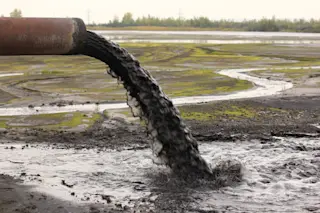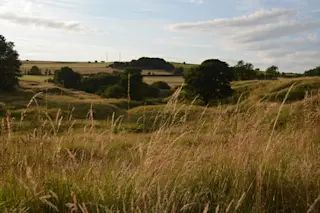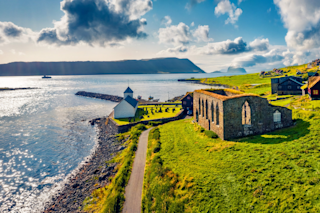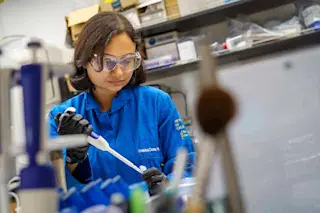Future City MadsarNo cars in the land of oil.In an ironic twist, the first city to fully turn its back on petroleum is likely to spring up in the United Arab Emirates, the oil-producing giant in the Middle East. Masdar, a carbon-neutral, zero-waste, walled metropolis now under construction adjacent to the Abu Dhabi airport, will have many innovative green technologies, but it may be most noteworthy for one thing it won’t have: gas-guzzling cars.
Nearly all of the world’s motor vehicles run on petroleum, and the environmental consequences are obvious. For example, 28 percent of carbon emissions in the United States result from the burning of 14 million barrels of oil a day for transportation, primarily in cars and small trucks. Masdar will do away with this problem. Urbanites will walk along shaded sidewalks, and if the sweltering desert heat gets to them, they will never be more than 500 ...















